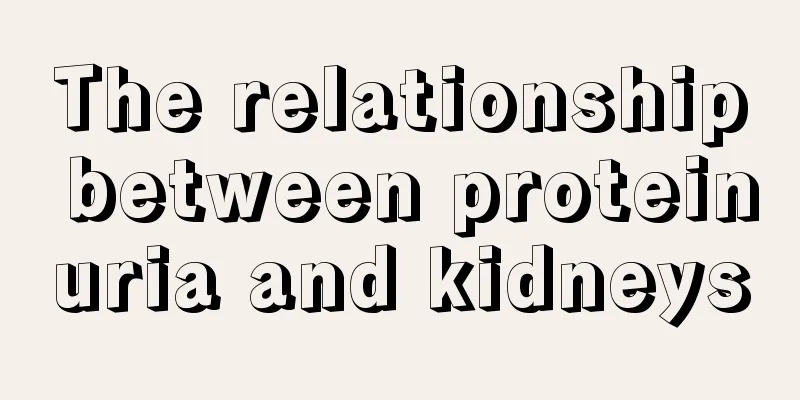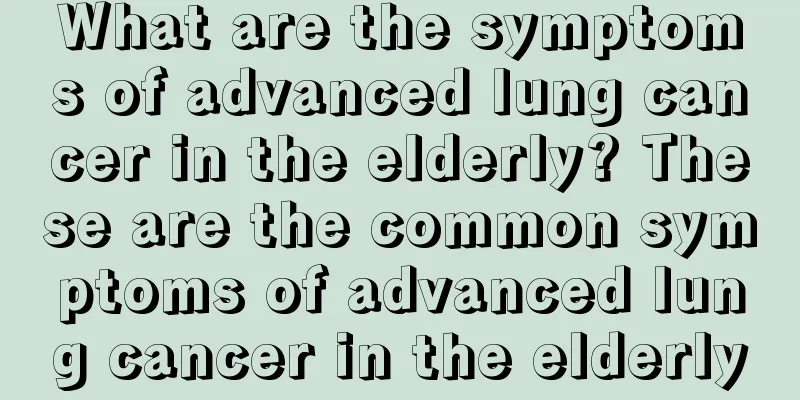Are blue toilet cleaning blocks toxic?

|
There was once an article that was widely circulated about blue toilet cleaning blocks causing cancer. Now that various cancers are prevalent, people have a strong sense of health awareness. After seeing similar reports, we can't help but be very worried, fearing that the blue toilet cleaning blocks themselves contain toxins, otherwise how could they cause cancer? We must have a correct understanding of this issue. So, are blue toilet cleaning blocks toxic? Let’s take a look below. When the toilet cleaning block is placed in the water tank of a flush toilet, it will slowly dissolve in the water and, according to its instructions, can clean the toilet when the water is flushed.However, if the flush toilet is used for a long time, the check valve in the water tank will age and "fail". A normal check valve will automatically close when the water tank is full, but it cannot be closed if it "fails". The water in the water tank containing toilet cleaning block ingredients may flow back into the tap. Even users connected to this water pipe may be affected. Generally speaking, even if the check valve fails, the water in the toilet tank is controlled by the normal water pressure of the tap water and cannot flow back into the tap water pipe. But there is an exception. If there is no water pressure in the tap water pipe and negative pressure occurs, the water in the flush toilet tank can flow back into the tap water pipe. Negative pressure in the water pipe usually occurs after water is cut off due to various reasons. After investigating multiple brands of toilet cleaning blocks on the market, it was found that the descriptions of the ingredients of these toilet cleaning blocks were relatively general. For example, the ingredients of a well-known brand of toilet cleaning blocks are shown as: detergent, disinfectant, dye, and fragrance. Some other toilet cleaning blocks are labeled as "surfactants".Perhaps due to the limited knowledge of the public about chemical reagents, the ingredients of cleaning products on the market are often expressed in a relatively popular manner and are rarely labeled with professional chemical terms. For example, surfactants and binders include alkyl sulfonates, dextrin and polyvinyl alcohol. These terms may seem too "chemical" and make people think they are very harmful, but in fact, the main ingredients of many cleaning agents in our lives are such surfactants.The surfactants and detergents in toilet cleaning blocks can indeed pollute water sources, but no evidence has been found to prove that toilet cleaning blocks are carcinogenic. The harm of these chemical elements to the human body is mainly reflected in irritation, so frequent or long-term contact is not recommended. |
<<: Is Phalaenopsis poisonous if placed indoors?
>>: Is what's in the ice pack poisonous?
Recommend
What are the reasons for unsuccessful artificial insemination?
Under normal circumstances, couples hope to get p...
Treatment options for esophageal cancer
Treatment options for esophageal cancer include: ...
What are the symptoms of cerebral vascular stenosis?
The brain is the most complex part of the human b...
Is skin cancer recurrence serious?
Among skin cancers, melanoma is the most malignan...
What factors are likely to induce lung cancer? To prevent lung cancer, beware of the three major risk factors
Among various cancers, everyone knows that lung c...
Can I get pregnant after curing nasopharyngeal cancer?
Nasopharyngeal carcinoma refers to a malignant tu...
What medicine to use in the early stage of stye
In the early stages of a stye, people will feel u...
What are the main ways to prevent gastric cancer?
The high incidence of gastric cancer is very comm...
Conversion of contact lenses
Because wearing frame glasses for a long time wil...
The role of cooling oil
Cooling oil is present in our families because it...
Can advanced liver cancer be cured? Is it necessary to treat advanced liver cancer?
Being diagnosed with advanced liver cancer is und...
There are 4 basic types of lung cancer. Which one is the most difficult to treat?
Lung cancer is the type of cancer with the highes...
What should I do if I feel dizzy after taking cefuroxime
Medicines are essential disease treatment product...
How to increase gastrointestinal motility
Many people have poor gastrointestinal motility. ...
How to screen pancreatic cancer through physical examination
What are the diagnostic methods for pancreatic ca...









